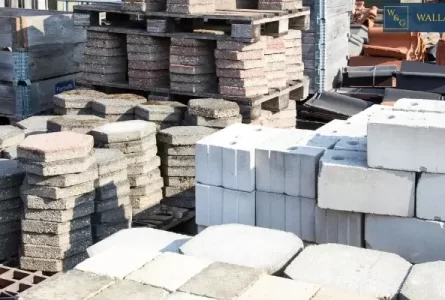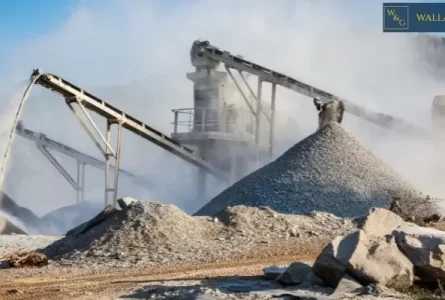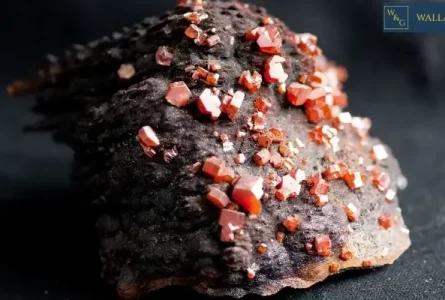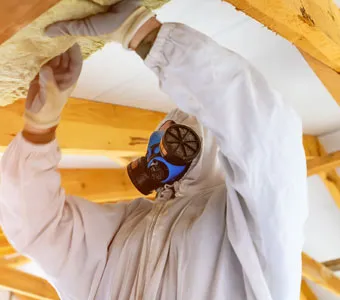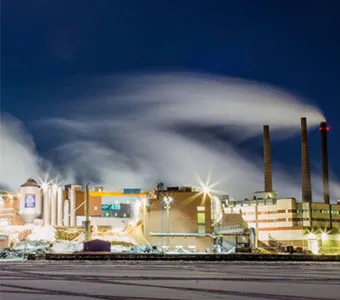Category Archives: Silicosis
What Is the Best Protective Equipment to Prevent Silicosis in Stone Workers?
Engineered stone is increasingly popular for its durability and aesthetic appeal in construction, especially in kitchen countertops. However, a hidden danger lurks in its composition. Workers who cut, grind, or polish these surfaces are exposed to silica dust, which can…
What Materials in Engineered Stone Cause Silicosis?
Engineered stone, commonly used in countertops and other surfaces, is a popular choice due to its durability and aesthetic appeal. However, workers who cut, polish, or grind engineered stone are at risk of inhaling harmful crystalline silica dust, which can…
Engineered Stone (Quartz) Countertop Silicosis: What Fabricators Need to Know
Silicosis, a preventable yet devastating lung disease, has become a growing concern for those working with engineered stone (quartz) countertops. The dangers associated with fabricating these materials are severe and increasingly recognized, prompting urgent conversations about not only protecting workers…
How Common Is Silicosis in The Stone Industry?
The stone industry, particularly that which works with engineered stone, has seen a significant rise in cases of silicosis, a severe lung disease caused by prolonged exposure to silica dust. How common is silicosis in the stone industry? The increasing…
Why Is Silica Dust So Deadly?
In workplaces across America, silica dust is an unseen but very real threat. From construction sites to stone fabrication workshops, workers may be exposed to this fine, often deadly dust, unaware of the long-term consequences. Silica dust doesn’t just cause…
Crystalline Silica: Everything You Need to Know
Crystalline silica is a naturally occurring mineral that can be found in sand, stone, and quartz. It is used widely across most manufacturing industries, especially those that use naturally occurring minerals to make new materials (like engineered stone). While it…


